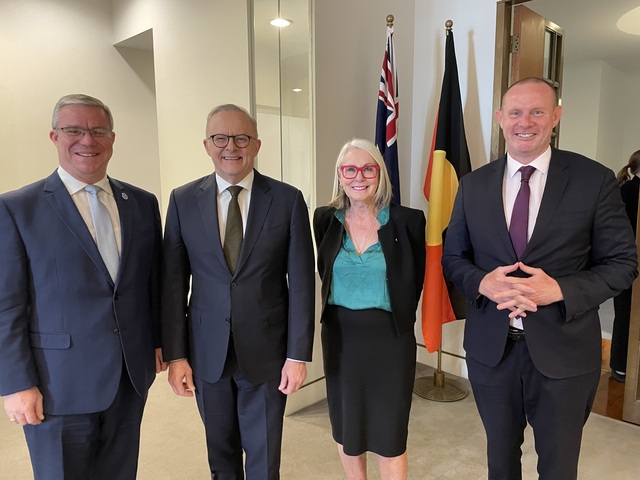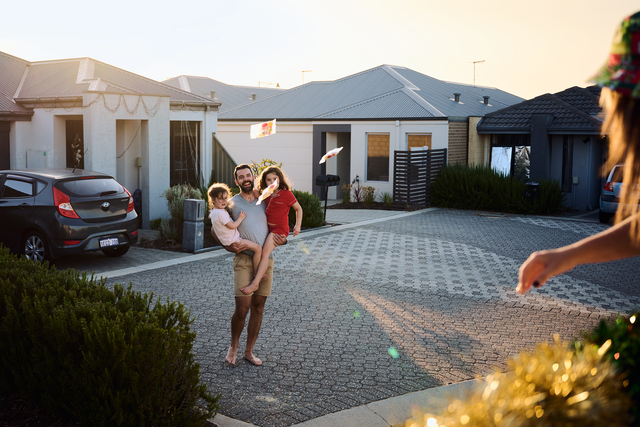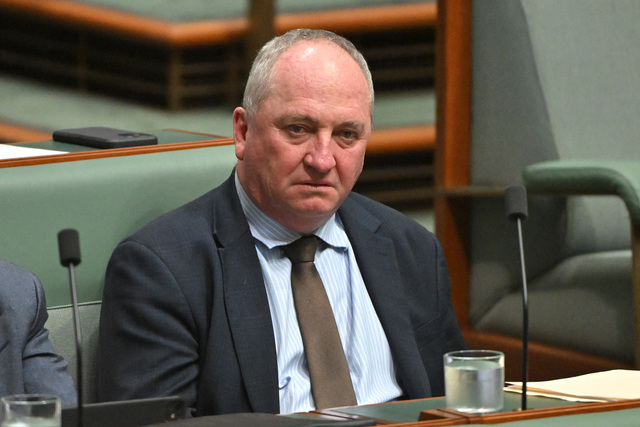The Stronger Regions Fund has morphed into the Building Better Regions Fund (BRRF), and the new guidelines were released in late November.
The feds’ new flagship program involves very modest funding of $297.7 million over four years. Its focus is on regional community and infrastructure projects in regional areas, meaning smaller regional applicants no longer compete with major capital city projects for funding. “And there is a Community Investments Stream to help expand a local festival, attract a theatre production or major sporting event, or leadership or business training for young locals,” Minister Fiona Nash said.
Excuse me Minister: not good enough. The previous flagship program – the Stronger Regions Fund – provided around $250 million annually, and even at that level it wasn’t assuaging regional communities’ feelings of neglect. Australia is a big country, and the latest vibes are that a $75 million/year program isn’t going to be well received.
The root of the problem is that subtle funding cuts like this are occurring in the face of ego-driven stuff like the $237 million for a new embassy in Washington, the $376 million for the Department of Finance’s new building in Canberra and the $100 million for an educational facility at Villers-Bretonneux. Where is the justice in this? Why is regional Australia the forgotten agenda?
Lessons from Stronger Regions
In an effort to understand why regional programs are on the nose with the federal government, we looked at the last funding round of the Stronger Regions Program for answers. There were 67 projects in receipt of $126 million.
The first thing that stands out is that 14 projects were health-related e.g. residential aged care, family services, people with disabilities, Ronald McDonald accommodation. These are probably wonderful projects, but Stronger Regions was commonly understood to fund wealth-creating projects to disadvantage regions – not to fund projects to assist the disadvantaged folk within them. Clearly there was a different interpretation of the Stronger Regions guidelines, and I suspect that the Abbott-Hockey cuts to health and social programs had created a vacuum that had to be filled. This is not right at a number of levels, and the new BRR Fund is no solution.
A second feature of the last round of Stronger Regions Program was the continuing low success rate (15 percent) of applications. I’ve spoken to federal officials about this, and their response is usually that it’s a competitive process and the government is obliged to fund only the quality proposals. The same officials sometimes admit that the smaller councils may not have the resources to prepare quality proposals, nor the patience to put up with the rigmarole involved. This is undoubtedly true, which means that the small councils in the most deserving regions seem to be opting out of the process.
A third feature is the relative lack of transformational projects i.e. helping to transform the local economy, or at least kick it onto a higher plane. Those that meet this objective are:
- Margaret River Entertainment and Tourism Hub ($1.8 million) – a key plank in its diversification agenda.
- Upper Murray Events Centre ($800k) – to leverage the success of the Man from Snowy River and associated cultural tourism strengths of Corryong, Towong etc.
- Derby Airport terminal upgrade ($5.1 million) – long overdue.
- Queenscliff Precinct Revitalisation ($3.5 million) – to stimulate investment and jobs.
- Waltzing Matilda Centre, Winton ($8 million) – to elevate the region’s bush tourism credentials and to leverage its Qantas connection.
- Peterborough waste water ($8.6 million) – to address a major growth impediment in this interesting SA town.
- Dubbo Airport & Aeromedical facilities ($6.7 million) – to consolidate its role as a regional transport hub.
It’s these types of productivity-enhancing projects that I thought that the Stronger Regions Program was about, and now the new lean BRR Fund is a step backwards.
Where to now?
It’s a complex task if you’re a council looking for federal funding to advance economic infrastructure.
Since the BRR Fund isn’t much of an option, we need to look further afield. If you’re in one of the 10 regions with federal adjustment assistance underway (Geelong, Latrobe Valley, northern Adelaide, etc.), there is something to grab onto. Another option is to engage with Infrastructure Australia, although this only gets you onto the dance floor.
Alternatively you might cosy up to the state government – Victoria is traditionally the most enlightened. Interestingly, New South Wales Infrastructure Minister Constance is calling for ideas on how the spend the windfall from the sales of poles and wires.
However the most attractive option is to forget the feds, and instead create the conditions to attract private sector investment in transformational projects. If you can get traction with super funds, overseas or local investors, etc., you then lobby the state and/or feds to fund small parts of the project with a public benefit dimension. The rise of independent politicians may provide you with allies.
A past example is the impressive Logic industrial estate outside Wodonga. It evolved with Wodonga City Council and the private sector, and the Victorian Government then chimed in. Other examples are Scone’s equine agenda, the Honeysuckle urban development (Newcastle) and Port Lincoln’s seafood cluster. The proposals met a real need, had best practice features and private sector buy-in. The federal/state governments chimed in.
But some transformational regional projects basically evolve because of visionary principals who tap previously unforeseen customers. Three that stand out are the Royal Hotel (Dunkeld, western Victoria), Woodworks Gallery in Bungendore (established by a US migrant) and Canberra Airport (where the new owner captured a new dynamic).
The Cockatoo Network is currently assisting councils to identify and realise transformational projects. Please contact us if this interests you.
Rod Brown is a Canberra-based consultant and lobbyist specialising in industry/regional development, investment attraction and clusters, and accessing federal grants. He also runs the Cockatoo Network.
Phone: (02) 6231 7261 or 0412 922 559
Email: apdcockatoo@iprimus.com.au
Blog: www.investmentinnovation.wordpress.com (750 articles)







